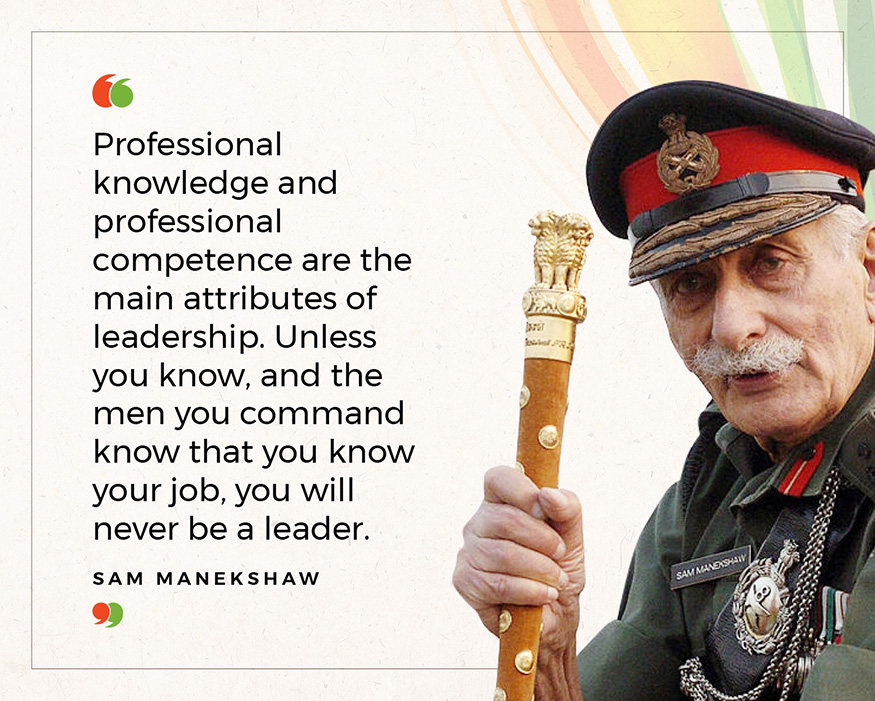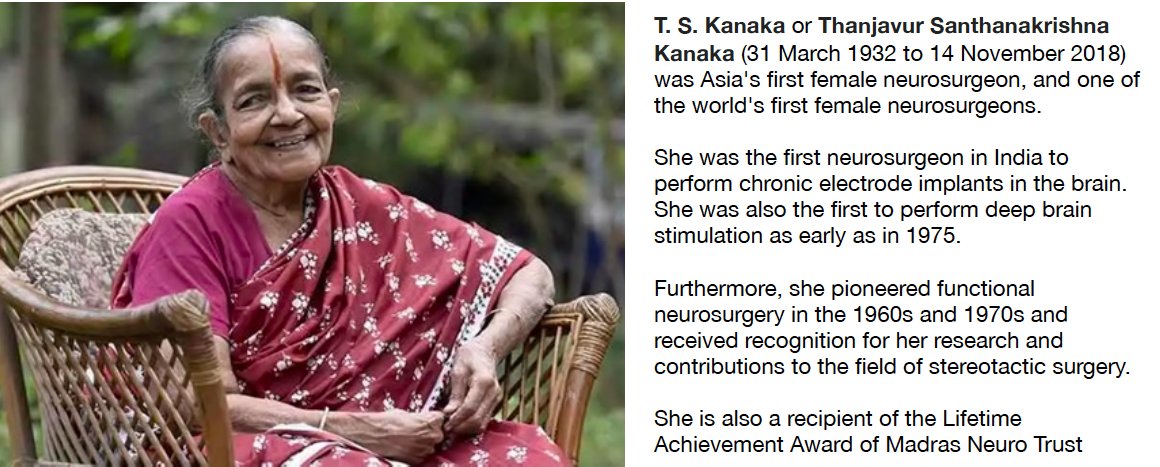So, What Changed?
The whole atmosphere was charged with M fanaticism. ‘Ola Hu Uber not ‘Bharat Mata Ki Jai’ was heard everywhere.
‘These are not Hindu-M riots,’ he would say. ‘These are M riots because in every single case it is they who start them and go on the offensive.’


The whole atmosphere was charged with M fanaticism. ‘Ola Hu Uber not ‘Bharat Mata Ki Jai’ was heard everywhere.
‘These are not Hindu-M riots,’ he would say. ‘These are M riots because in every single case it is they who start them and go on the offensive.’



LINK FOR PART – 1 at the end of thread.
Dr K B Hegdewar, who had lost both his parents for plague studied with the assistance of relatives & friends who recognised his zeal for education & determined nationalism. Hedgewar was sent to study in the National Medical College,
Dr K B Hegdewar, who had lost both his parents for plague studied with the assistance of relatives & friends who recognised his zeal for education & determined nationalism. Hedgewar was sent to study in the National Medical College,
Calcutta & also with an agenda.
He was sent to Calcutta primarily to receive training for revolutionary work under the supervision of Pulinbihari Das, a top leader of the revolutionary group Anusheelan Samiti.
Hegdewar grew within ranks & became an important person within the
He was sent to Calcutta primarily to receive training for revolutionary work under the supervision of Pulinbihari Das, a top leader of the revolutionary group Anusheelan Samiti.
Hegdewar grew within ranks & became an important person within the
samithi & 1 of his prime tasks was to ensure distribution of underground literature and arms to other parts of the country.
His friends acted as couriers and whenever he himself went to Nagpur, he would take revolvers for revolutionaries there.
His code name among the
His friends acted as couriers and whenever he himself went to Nagpur, he would take revolvers for revolutionaries there.
His code name among the
revolutionaries was ‘Koken.’
After completing course, Hedgewar returned to Nagpur in early 1916, rejected lucrative Bangkok offfer, Instead, set up a revolutionary group called ‘Kranti Dal’ with the help of Bhauji Karve, a nationalist from Nagpur.
Though Hedgewar had developed
After completing course, Hedgewar returned to Nagpur in early 1916, rejected lucrative Bangkok offfer, Instead, set up a revolutionary group called ‘Kranti Dal’ with the help of Bhauji Karve, a nationalist from Nagpur.
Though Hedgewar had developed
close affinity with all the important nationalists of Bengal, the two leaders who were closest to him were Shamsundar Chakravarti & Moulvi Liaquat Hussain.
Hussain was a devout follower of Lokmanya Tilak, and had taken the vow of swadeshi.
He also ran a swadeshi provision store
Hussain was a devout follower of Lokmanya Tilak, and had taken the vow of swadeshi.
He also ran a swadeshi provision store
called ‘Kuber Vastu Bhandar’.
When Hussain was severely ill, Hedgewar personally nursed him and was constantly by his bedside for two months.
The aftermath of the 1921 movement had come to Doctorji as a shock. Indian Muslims had proved themselves Muslims first and Indians only
When Hussain was severely ill, Hedgewar personally nursed him and was constantly by his bedside for two months.
The aftermath of the 1921 movement had come to Doctorji as a shock. Indian Muslims had proved themselves Muslims first and Indians only
secondarily so that when the Khilafat was given up in Turkey, they withdrew from the allied movement for national independence.
These riots culminated in the Moplah atrocity, completed with arson, loot, murder, rape and forced conversion. The nation was dazed & Doctorji wondered
These riots culminated in the Moplah atrocity, completed with arson, loot, murder, rape and forced conversion. The nation was dazed & Doctorji wondered
‘Is it Khilafat (restoration of Khalif) or Akhilafat (catastrophe for all)?...’
It became evident that the Hindus were the nation in Bharat & that Hindutva was Rashtriyatva. While wishful thinkers pretended not to see the writing across the national political firmament, the
It became evident that the Hindus were the nation in Bharat & that Hindutva was Rashtriyatva. While wishful thinkers pretended not to see the writing across the national political firmament, the
realist in Dr Hedgewar refused to dream up wishy-washy dreams. The truth was out. Only Hindus would free Hindustan & they alone could save Hindu culture. Only Hindu strength could save the country. There was no escape from the logic of facts. Hindu youth had to be organised on
the basis of personal character and absolute love of the motherland. There was no other way.
The agony of the great soul expressed itself in the formation of the Rashtriya Swayamsevak Sangh. With five friends he started the day-to-clay programme of RSS. The great day was the
The agony of the great soul expressed itself in the formation of the Rashtriya Swayamsevak Sangh. With five friends he started the day-to-clay programme of RSS. The great day was the
auspicious Vijaya Dashami day of 1925.”
Though the RSS was founded on the day of ‘Vijaydashami’ in 1925 the name was decided later
On 17/4/26, Hedgewar called for a meeting attended by 26 swayamsevaks, detailed discussion followed
3 names were finalised after several rounds of
Though the RSS was founded on the day of ‘Vijaydashami’ in 1925 the name was decided later
On 17/4/26, Hedgewar called for a meeting attended by 26 swayamsevaks, detailed discussion followed
3 names were finalised after several rounds of
elimination — Rashtriya Swayamsevak Sangh, Jaripataka Mandal and Bhedratoddharak Mandal.
Finally #RastriyaSwayamSevakSangh was chosen.
His initial followers included Bhaiyaji Dani, Babasaheb Apte, M. S. Golwalkar, Balasaheb Deoras, and Madhukar Rao Bhagwat, among others.
Finally #RastriyaSwayamSevakSangh was chosen.
His initial followers included Bhaiyaji Dani, Babasaheb Apte, M. S. Golwalkar, Balasaheb Deoras, and Madhukar Rao Bhagwat, among others.
In those times, as even now, it was normal to ask for contributions from prosperous class for social work. Sangh also followed the same in the first two years of its foundation. However, Doctorji wished for self-reliance and suggested that whatever was required for Sangh, be it
time, labour, sacrifice or wealth, had to be contributed by the Swayamsevaks. The work of Sangh had to be considered as one’s own toil. Doctorji visualised the concept of ‘Guru Dakshina’.
Doctorji emphasised that Sangh is not a mere organisation in the society, but is an
Doctorji emphasised that Sangh is not a mere organisation in the society, but is an
organisation of the entire society. Therefore, we must have an ancient symbol as Guru which is a manifestation and identity of our glorious past, Bhagwa is the symbol of knowledge, sacrifice, light and therefore Bhagwa Dhwaj was chosen.
Doctorji said, “The Sangh does not
Doctorji said, “The Sangh does not
recognise any individual as its Guru. The sacred Bhagawa alone is our Guru. An individual, however great, is after all temporal & imperfect. The individual is conditioned by time; it is the principle alone which is timeless. The Bhagawa Flag symbolises that timeless principle.”
The Sangh was growing in Nagpur and it soon began to spread to other provinces.
Hedgewar inspired the youths for taking up the Sangh work. Gradually all his associates had begun to endearingly call him '#Doctorji.'
Upon his urging, Swayamsevaks went to far-off cities like
Hedgewar inspired the youths for taking up the Sangh work. Gradually all his associates had begun to endearingly call him '#Doctorji.'
Upon his urging, Swayamsevaks went to far-off cities like
Kashi, Lucknow etc., for their further education and started 'Shakhas' there.
In April 1930, Gandhi gave a call for '#Satyagraha' against the British & himself launched the Salt Satyagraha undertaking his Dandi Yatra. Even after the foundation of the Sangh, Dr Hedgewar moved
In April 1930, Gandhi gave a call for '#Satyagraha' against the British & himself launched the Salt Satyagraha undertaking his Dandi Yatra. Even after the foundation of the Sangh, Dr Hedgewar moved
over in 1930 to participate in the Civil disobedience movement in his individual capacity. The Jungle Satyagraha of Vidarbha had not succeeded even after two attempts. When Doctorji’s turn came and he decided to join the Jungle Satyagraha, thousands of people came along. Before
he left for Satyagraha, he made it clear that he was participating as a swayamsevak & not representing the Sangh. There could be other volunteers as well. Moreover, he made arrangements so that Sangh could also continue while he was away. He handed over the responsibility of
Sarsanghachalak to his old friend Dr LV Paranjape. Colleagues Bapurao Bhedi and Babsaheb Apte were given the responsibility of maintaining the growing network of Shakhas.
His concern was to keep the RSS out of the political arena.
The concept of uniform was new to Hindu society.
His concern was to keep the RSS out of the political arena.
The concept of uniform was new to Hindu society.
But to create unity and discipline among swayamsevaks he introduced uniform & military parade thinking it to be instrumental. There was no tradition of parade in Hindu society till then. In early years the commands were same as in British army which were translated into Sanskrit
commands later.
Shankaracharya of Kurtkoti gave him the title of “Rashtra Senapati” in 1934. The news circulated in the newspapers, congratulatory messages started floating in.
Doctorji notified to all Shakhas that no one in Sangha will use this title for him as such titles are
Shankaracharya of Kurtkoti gave him the title of “Rashtra Senapati” in 1934. The news circulated in the newspapers, congratulatory messages started floating in.
Doctorji notified to all Shakhas that no one in Sangha will use this title for him as such titles are
not at all appropriate for them.
Doctorjis health deteriorated in later years of his life.
Often he suffered from chronic back pain. He started delegating his responsibilities to Guruji Golwalkar, who later succeeded him as Sarsanghachalak of RSS.
Doctorjis health deteriorated in later years of his life.
Often he suffered from chronic back pain. He started delegating his responsibilities to Guruji Golwalkar, who later succeeded him as Sarsanghachalak of RSS.
He attended the annual Sangh Shiksha Varg in 1940, His opening statement upon reaching there was- “Off late, I could not serve you because of my ill health, and I apologise for that. I have come here for your darshan.” He reiterated that Sangh work is not just limited to
Shakha alone; it has to be done in the society at large beyond Shakha and his parting message to Swayamsevaks,
'I see before my eyes today a miniature Hindu Rashtra."
On the morning of 21 June 1940 in Nagpur, K B Hegdewar attained Sadgati.
'I see before my eyes today a miniature Hindu Rashtra."
On the morning of 21 June 1940 in Nagpur, K B Hegdewar attained Sadgati.
His last rites were performed in the locality of Resham Bagh in Nagpur, which was later developed as Hedgewar Smruti Mandir.
Link for morning's introductory thread.
#Vandemataram
Link for morning's introductory thread.
https://twitter.com/sheshapatangi1/status/1509733110035804163?s=20&t=4DVHALRTCkBKXFKJK3LBtA
#Vandemataram
I spend hours to prepare a thread only to find Twitter limiting it's reach
(Happening since fortnight)
Requesting you to share this thread. 🙏🙏🙏
@chittukuruvi4 @GoofyOlives @BesuraTaansane @NAN_DINI_ @pardhu_leo @balbir59 @DNA_Frequency @dipika_bajpai @brawling_virago
(Happening since fortnight)
Requesting you to share this thread. 🙏🙏🙏
@chittukuruvi4 @GoofyOlives @BesuraTaansane @NAN_DINI_ @pardhu_leo @balbir59 @DNA_Frequency @dipika_bajpai @brawling_virago
I spend hours to prepare a thread only to find Twitter limiting it's reach
(Happening since fortnight)
Requesting you to share this thread. 🙏🙏🙏
@zeneraalstuff @lalitha_jr @priyathedentico @VarierSangitha @ExSecular @Raviravirai @sangamtalks @vijai63 @yoginisd
(Happening since fortnight)
Requesting you to share this thread. 🙏🙏🙏
@zeneraalstuff @lalitha_jr @priyathedentico @VarierSangitha @ExSecular @Raviravirai @sangamtalks @vijai63 @yoginisd
• • •
Missing some Tweet in this thread? You can try to
force a refresh
















